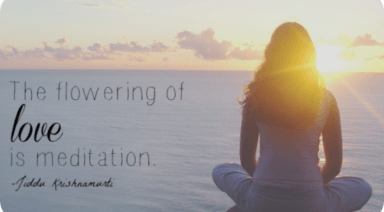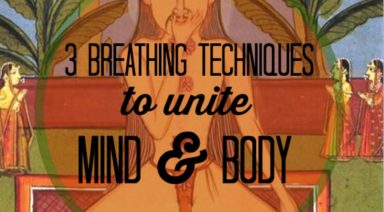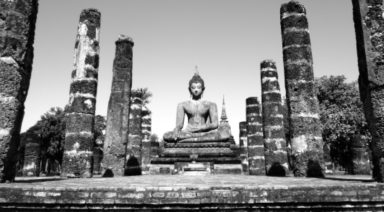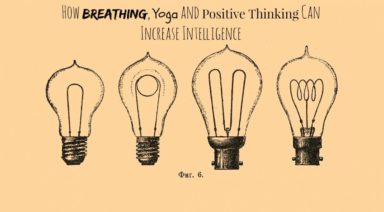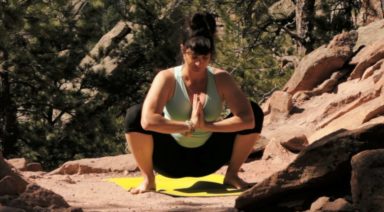3 Ways to Energize Your Meditation Posture

About the Author

Matt Cooke is an RYT-500 yoga instructor, success coach, and author, impassioned to inspire action off the mat. Matt’s classes use the six movements of the spine, and journey-sequencing to bio-dynamically stimulate creativity in students.
After finishing university, Matt spent years tearing himself down, burning himself out, and keeping himself small. But he discovered his coach Steve Chandler, self-transformational literature from Gaiam and en*theos. Steve and en*theos began to challenge him and gave him practical tools to create a life of commitment and personal power. Over the course of two years, he gained his 500-hour yoga teacher training from Noah Maze in Los Angeles, and began coaching clients from all over the world towards optimal living, working out of with San Diego, CA with en*theos. The best part is that his yoga and optimal living clients have done the same; doubling their strength, flexibility, income, and confidence.
Next Article
Which Type of Meditation Style Is Best for You?

Meditation encompasses a wide variety of practices aimed at quieting the mind and promoting awareness. While it may appear as simple as sitting silently, truly committing to a regular meditation routine can be challenging, especially when daily stressors, distractions, or discomfort arise. But it doesn’t have to feel intimidating.
The benefits of meditation are scientifically proven: it supports mental health by reducing stress and anxiety, helps lower blood pressure, improves overall well-being, and promotes a deep sense of inner peace. It’s even been shown to help manage chronic pain. At its core, meditation is a personal journey, and success comes from finding a meditation style that aligns with your individual needs and spirit.
There are many different styles of meditation—from mantra-based techniques to breathing exercises to movement-based practices. Each approach offers something unique, and exploring the various kinds of meditation can help you discover the one that best fits your life. The most important part? Show up. Be consistent. And allow yourself the space to grow through your meditation practice.
There’s no one-size-fits-all method. The best meditation style is the one that supports your goals and gives you a true sense of peace.
What Are the Three Major Types of Meditation?
Although there are many styles of meditation, most fall into three primary categories:
- Focused Attention Meditation – concentrates on a single object or sensation, such as breath or a mantra
- Open Monitoring Meditation – involves non-judgmental awareness of thoughts, sensations, or surroundings (e.g., mindfulness-based or body scan)
- Automatic Self-Transcending – allows the mind to settle inward effortlessly beyond thought, using techniques like transcendental meditation to access deeper levels of awareness without concentration or control
Understanding these broad categories can help you choose a meditation style that best supports your goals and preferences.

The video streaming platform exploring Meditation, and Meditation For Beginners
Free Trial



